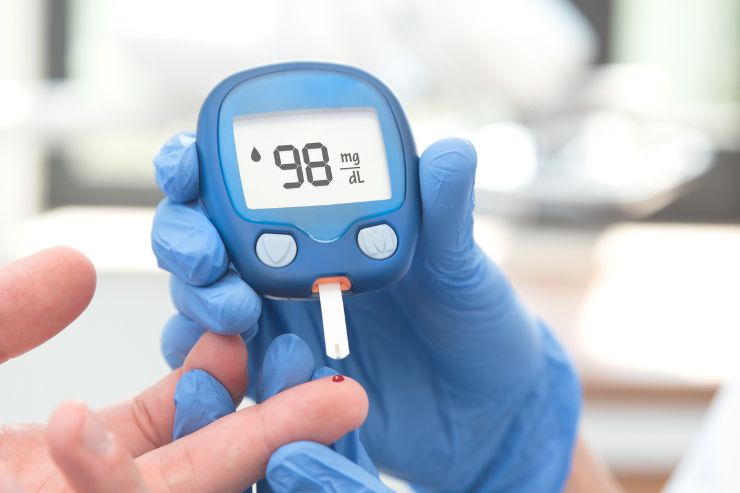
Type 2 Diabetes Mellitus (T2DM) is a chronic metabolic disorder characterized by insulin resistance and relative insulin deficiency. It primarily affects adults, although it is increasingly diagnosed in younger populations due to rising obesity rates and sedentary lifestyles.
Causes and Risk Factors: Type 2 diabetes develops when the body becomes resistant to insulin or when the pancreas fails to produce enough insulin to maintain normal blood glucose levels. Several factors contribute to its development.
Symptoms:
Increased Thirst and Urination: Excess glucose in the blood leads to increased urination, which can cause dehydration and increased thirst.